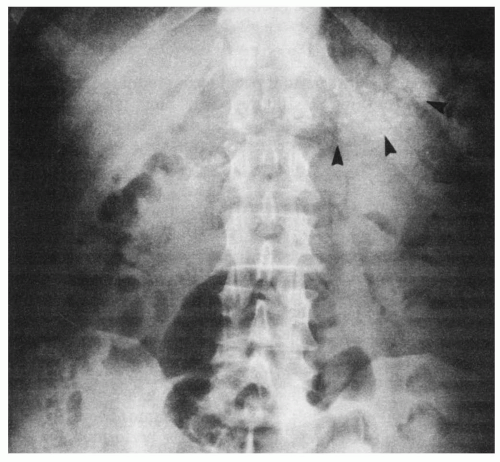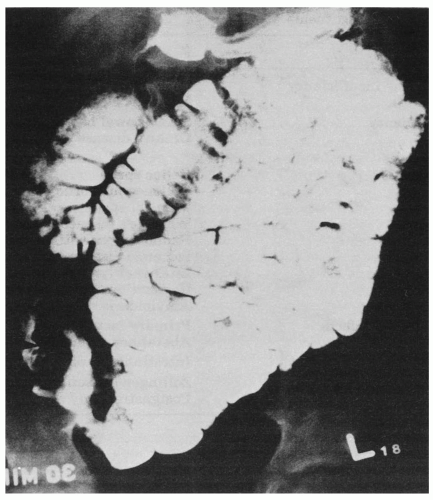The term
malabsorption connotes the failure to absorb or digest normally one or more dietary constituents. Patients with malabsorption often complain of diarrhea, and sometimes the distinction between malabsorption and diarrhea of other causes (see
Chapter 29) initially is difficult. For example, patients with primary lactase deficiency fail to absorb a specific dietary constituent, lactose, and a watery, osmotic diarrhea develops. However, most patients with malabsorption present with a syndrome characterized by large, loose, foul-smelling stools and loss of weight. On additional study, it is found that they cannot absorb fat and often carbohydrate, protein, and other nutrients also.
Table 31-1 indicates that a wide variety of disorders of the organs of digestion can cause malabsorption or maldigestion.








